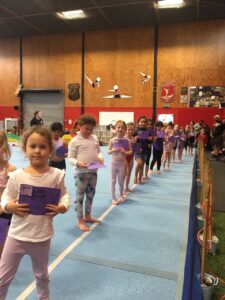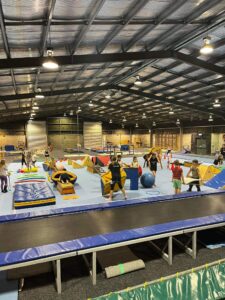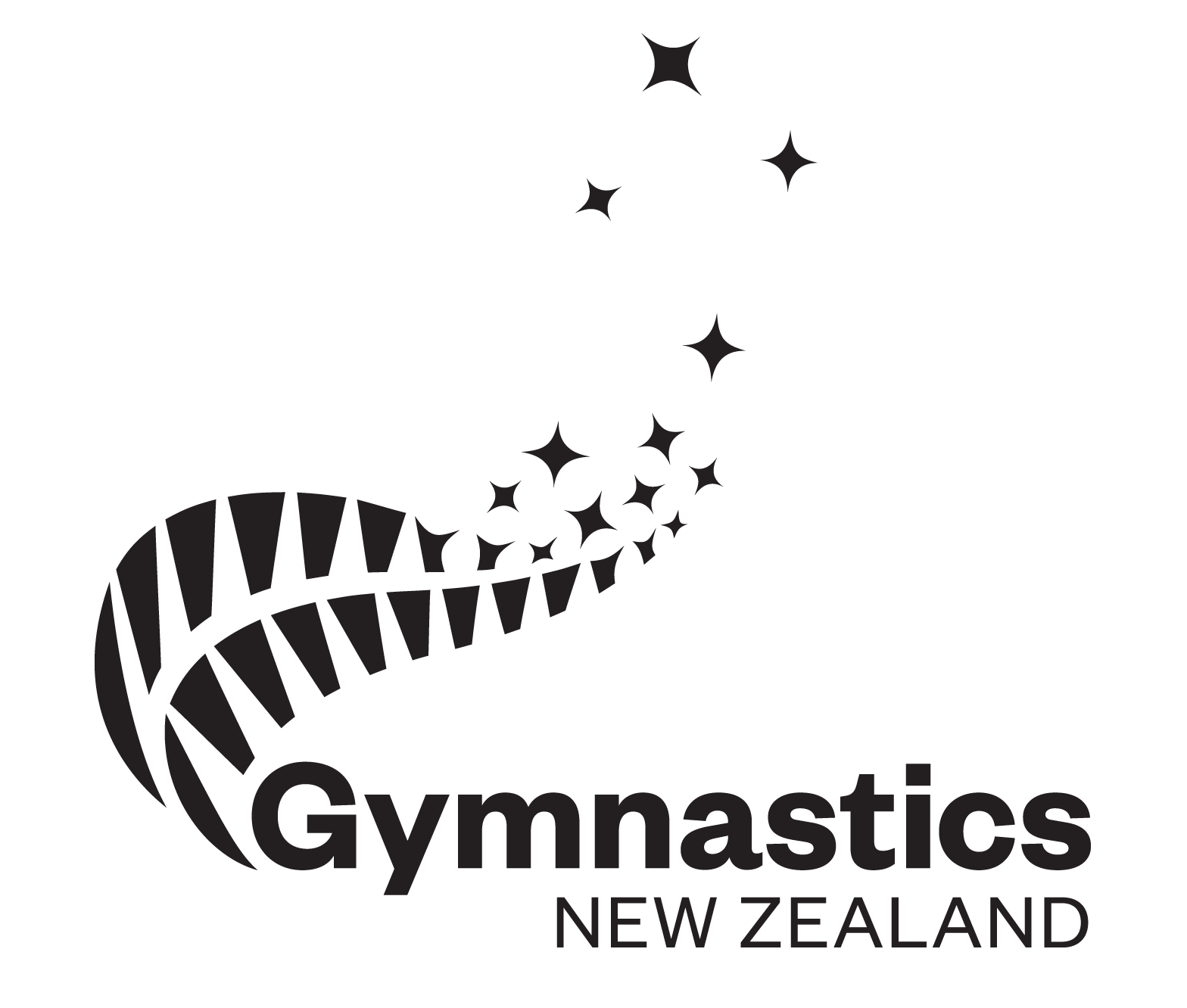Since its inception in 1953, Hamilton’s Turn and Gymnastic Circle (T&G) club has prided itself on being a little club that delivers big results – both in competition and in the community.
“It has largely avoided the excessive focus on competition that has led to the athlete welfare and child safety issues highlighted in the 2020 Independent Review into the sport,” president Emma Brooks says.
Ensuring the club provides a safe environment has always been a priority.

“The thing that really makes my heart sing is that when we have people in their adult life come back to the gym and say: ‘I had a pretty rough childhood, there were some things happening at home that weren’t ideal – and this place was really safe and I felt really welcomed here,” says Emma.
So, she welcomed with open arms the findings of the Review which had reflected some of the experiences she’d encountered in the competitive space over a decade ago when she stepped away from the sport.
“A lot of areas that were touched on were the reason I left ten years ago. It felt like the culture, particularly in the competitive space, was too toxic and poorly aligned with my values.”
Emma is quick to point out that T&G isn’t perfect – it has challenges just like any other club, and is adapting to a new way of doing things as it evolves and grows. But it is starting that journey from a strong base.
“In a lot of ways, the history of our club has helped us. I’m biased, obviously, but I genuinely believe there has always been this open, inclusive, and welcoming culture. We are only ever the guardian, the kaitiaki, in terms of taking the current generation through. We are constantly developing and have never been perfect. But there have been instances where, in that competitive space, the kids could feel what they get within our walls was different from what they get when they went to camps or nationals or competitions. So for me, it is about the chance to create a more genuine experience that feels more aligned in those places,” says Emma.
T&G has adopted changes that somewhat fly in the face of competitive gymnastics orthodoxy. One of these changes was starting gymnasts on the women’s artistic STEPs programme ladder a year later.
“We hit this crossroads. There was a group of kids coming through and we felt like some kids doing the same STEP for a second year was important – not necessarily for their athletic development but sometimes for their maturity and ability to work with teammates, and how they conducted themselves on the sports floor. We were cognisant that we’d unconsciously set this precedent where you do a STEP a year, and we knew we were going to have a bunch of parents concerned that their kids were being left behind.” T&C head coach Nicole Schuster says.
“Initially I was quite shocked when the age went up for STEP 1 for overs and under, and it took me a bit to get my head around, but it’s had a really positive impact on how we bring kids through pre-comp. They just pick things up that much quicker due to them being a year older. It’s been much easier on the coaches and easier on the kids.” she adds.
“That was the first time that we’d sat parents down and explained that we are really trying to make the best decision for their child – and we really need them to support us with their conversations at home’,” says Nicole. Through clear communication the club was able to allay any concerns that kids’ development was being held back.
“We also talked about growth and how it can affect our physical performance. I have regular conversations with older girls now about the growth effect and what happens during that period. Kids are so much more on board with it being okay to grow. I feel like they used to have conversations about ‘I don’t want to grow, I don’t want to get any taller’. It’s not like that anymore.”
Another key change has been the introduction of ‘team’ coaching, which Emma says has been a game-changer. Previously each STEP had a set coach. Now gymnasts will spend different parts of the year with different coaches, reverting to their specialist coaches during competition season.

As president, Emma has seen a difference in the way their coaches work together and couldn’t ask for more. “It’s almost like the club got a whole new level of capability without bringing someone else on.” she says.
The club hasn’t had to make any changes when it comes to training hours, which it believes have always been relatively low compared to some programmes, having always been focussed on quality training over quantity of training.
“When you have a STEP 6 at age 12 who is spending 20 hours a week training and another 10 hours a week in traffic travelling to and from training, I passionately believe that is not a childhood, and I won’t stand for that.” says Emma.
The club is now more cautious when it accepts kids into its programmes, having previously accepted some whose parents’ values do not align with the club’s. Emma believes that damage can occur when that happens which can take years to recover from. She feels they are better at being clearer about the red flags that they know will become issues later.
“When new members join we meet with the parents, and talk about a trial period – that has been invaluable. There are some kids that find what we offer doesn’t suit them, or the coaching relationship doesn’t work. Our coaches are important to us, so it has to work for the coaches as well. Parents, coaches, and gymnasts all need to be on the same page, even in the recreation programme, otherwise, there is misunderstanding, heartache, and challenges that don’t get resolved.”
The club is maturing in its approach to governance, transitioning from a parent-helper model into a strategic, future-focussed committee. It is also expanding, with plans to move into a new 1200sq/m facility that will allow it to increase its membership from just over 400 to up to 1000 gymnasts.
“We are in period of expansion, with new facilities and becoming more professional in our conduct. For me the question now is: ‘how do we hold onto our culture as we get bigger, so we don’t just become a gymnastics monolith and an unfriendly place that is just about collecting everybody’s fees? How do we make sure that our culture grows with us?” finished Emma.
